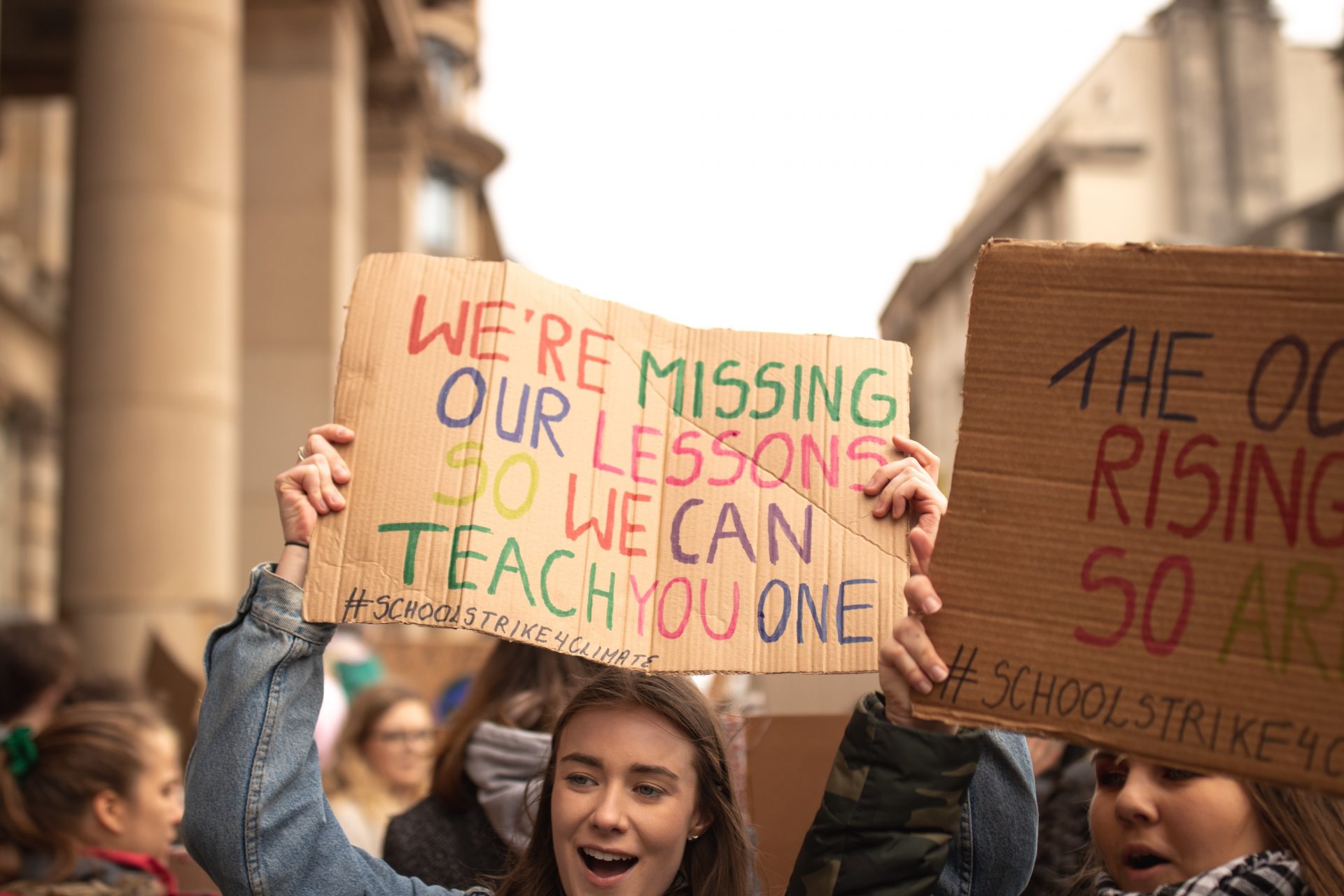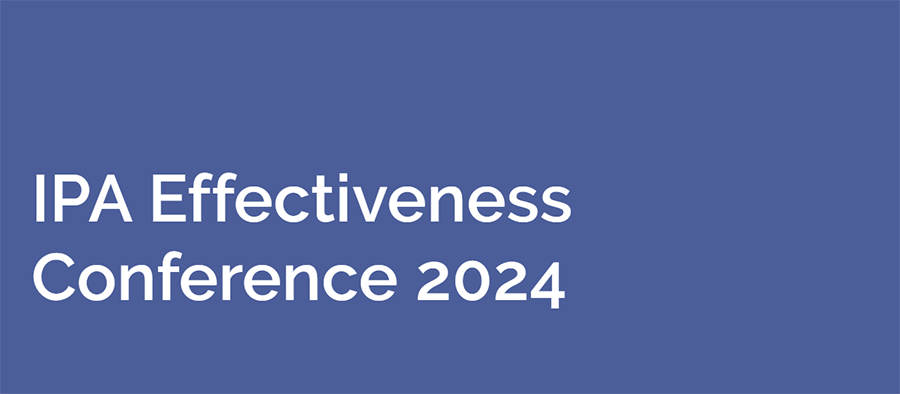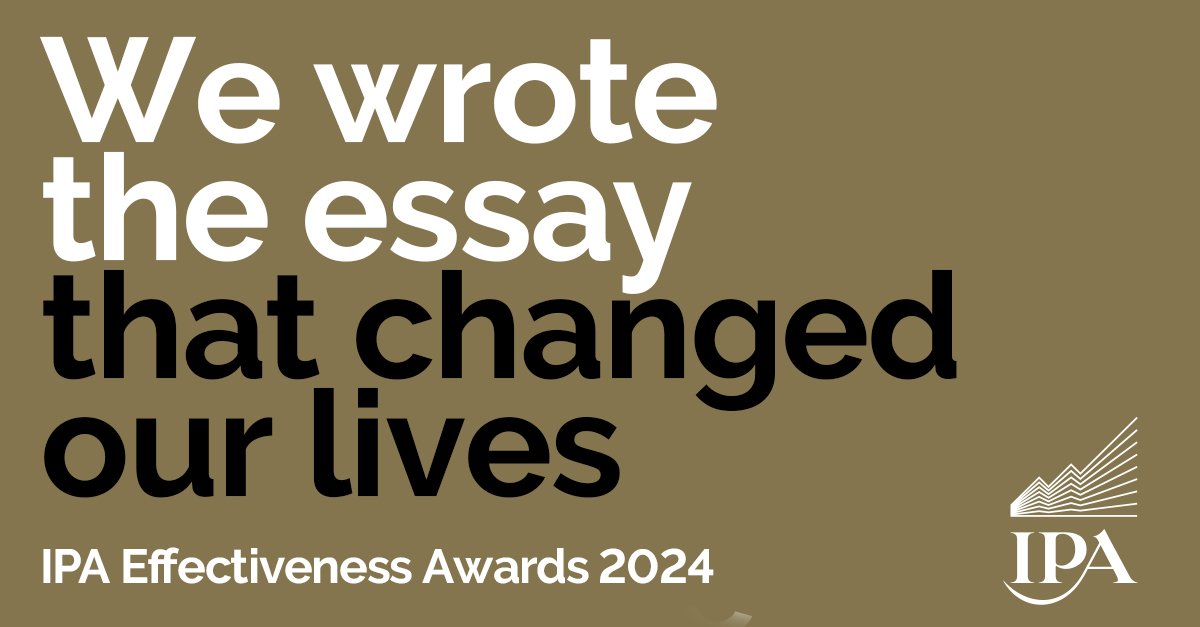According to UCAS, a total of 52,610 applicants used Clearing to achieve a Higher Education place in the 2020 cycle. For many leading institutions the next six weeks represent the most critical moment of their Gen-Z student recruitment strategy.
There are many misconceptions surrounding clearing, as well as the applicants who go through it. Whilst many Universities focus marketing efforts towards prospective students that do not hold an offer from a university. A large proportion of Undergraduate UCAS applicants go through clearing because they have attained better grades than anticipated. Desiring a course with a higher grade-boundary acceptance.
According to the Associated Press, there are close to 27,000 courses listed online. Sparking fierce competition as many universities struggle to fill all of their places. For applicants who’ve been unlucky in missing their grades. Clearing can still seem a daunting experience. Making them feel like they’ve failed.
University marketing departments and Higher Education publishers are successfully challenging this assertion. Focusing on the positives that can come out of the situation with the premise ‘as one door closes another opens.’ This fails to cater for the results day overachievers. Students beaming with happiness at achieving higher than predicted, desire to feel rewarded for their efforts. Not pandered or placed in the same box as their unlucky counterparts.
In an extremely competitive online world, Universities are spending much more time and money on their marketing strategy. As there is no longer a cap on admissions numbers. For some, the challenge has transformed from filling the last remaining spaces. To attracting as many students as possible. But Higher Educations marketing efforts are often generic, failing to speak authentically students. Relying heavily on their name and prestige. As opposed to focusing on the job at hand.
Is name and reputation enough?
Simply put, if you were to remove a university’s name and emblem from their Clearing campaign. Or any marketing creative for that matter. Would you recognise who it’s by? Would it stand out or entice prospective students? Chances are, probably not.
In a marketplace becoming more competitive every year. Institutions need to stand out and produce innovative campaigns that spark interest and conversation. If they fail to adapt to the ever-changing demands of Gen-Z. They run the risk of leaving room for their competitors to take hold.
To attract the attention of tech-savvy Gen-Z students, for whom online brand interaction is an intrinsic part of their day-to-day life. Institutions need to get creative. If they are going to commit several years of life and study, the brand experience, along with the community experience, needs to start with first contact. Universities have been successfully leveraging social media for years now. However the move to new platforms is not being capitalised upon.
Gen-Z are the most digitally native generation yet and can see-through generic, disingenuous campaigns. They expect brands to speak to them in an intelligent and sophisticated manner. A generation of content creators are already using TikTok, Youtube, Twitch and Instagram to share their opinions and engage with communities.
The recent pandemic has perpetuated the need to socialise outside of human, face-to-face interaction. With young people turning to social media more than ever to stay connected. Successful marketers have recognised that the most effective way of engaging with Gen-Zers is through collaboration. Treating them as co-creators not consumers.
Another way to be found during the crucial hours of Clearing is through paid ads on Google. This method is often inefficient, over-leveraged and ridiculously expensive. With cost-per-click hiking to an industry average of £2.16 on A-level results day. It’s time to wake up to these unnecessary costs and start thinking of innovative solutions.
It’s early days in the gradual transition into intelligent student marketing, but one that could pose crucial in the success of a Universities on-boarding programme.
If you want to take your institution’s outreach to the next level, Get in touch. If you want to see how the Search marketing innovation of the year can transform Clearing 2021. Check our our next blog.




